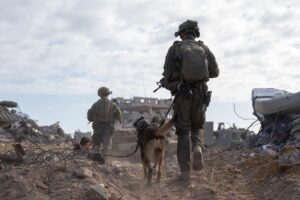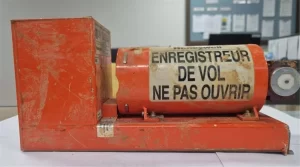Key Facts About the Ferocious Deadly Wildfire in Los Angeles
A ferocious wildfire in Los Angeles has turned deadly, spreading rapidly across communities and causing widespread devastation. As firefighters battle to control the blaze, residents and officials alike are grappling with the immense toll the fire has taken. Here are the key facts about this deadly disaster and its ongoing impact.
1. The Fire’s Origins and Rapid Spread
The wildfire, which started in a remote area of Los Angeles County, quickly spread due to a combination of dry vegetation, high temperatures, and strong Santa Ana winds. Experts believe the fire may have been sparked by downed power lines, a common cause of wildfires in California. Within hours, the flames spread across thousands of acres, forcing emergency evacuations.
2. Evacuations and Affected Areas
Several neighborhoods, including parts of Calabasas, Malibu, and the outskirts of the San Fernando Valley, have been evacuated as a precautionary measure. Emergency shelters have been set up across the county, providing temporary refuge to displaced residents. Over 30,000 people have been ordered to evacuate, with authorities emphasizing the importance of leaving immediately when instructed to do so.
3. Casualties and Damage
Tragically, the wildfire has already claimed several lives, with more victims feared as search and rescue operations continue. Hundreds of homes and structures have been destroyed, and critical infrastructure, including power lines and roadways, has been severely damaged. Officials have reported losses in the millions, with the full economic impact yet to be determined.
4. The Role of Weather and Climate
The intensity of this wildfire highlights the growing dangers posed by California’s prolonged drought and increasingly extreme weather conditions. Record-breaking temperatures and low humidity created the perfect conditions for the fire to spread uncontrollably. Climate change has been a significant contributor to the frequency and severity of wildfires in the state.
5. Firefighting Efforts and Challenges
Thousands of firefighters have been deployed to combat the blaze, supported by aerial water-dropping helicopters and planes. Despite their best efforts, the strong winds have made containment difficult, with embers traveling miles ahead of the main fire to ignite new areas. Crews are working tirelessly to create firebreaks and protect critical infrastructure while ensuring the safety of affected communities.
6. Air Quality Concerns
The wildfire has significantly impacted air quality across Los Angeles and neighboring regions. Thick smoke and ash have blanketed the area, leading to hazardous air quality warnings. Residents are advised to stay indoors, use air purifiers, and wear N95 masks if they need to go outside. Schools and outdoor activities have been canceled in affected areas to minimize health risks.
7. How to Help and Stay Safe
For those looking to support victims of the wildfire, local charities and relief organizations are accepting donations to provide shelter, food, and medical supplies. Authorities are urging residents to stay informed through official channels, follow evacuation orders, and have emergency kits ready in case they need to leave at a moment’s notice.
More Stories
Israel Orders Full Evacuation of Gaza City Ahead of Major Attack
The Israeli military has officially ordered the evacuation of the entire Gaza City in preparation for a large-scale military assault....
Spain to Ban Israeli Cargo Ships and Planes from Entering Its Territory
In a major shift in international relations, Spain has announced that it will be blocking Israeli cargo ships and planes...
Putin: Western Soldiers Are Legitimate Targets If They Enter Ukraine
IntroductionIn a shocking statement, Russian President Vladimir Putin declared that any Western soldiers entering Ukraine will be considered legitimate military...
📰 Escalating Violence: Israel Airstrikes Destroy High-Rise Buildings in Gaza City
▶ Brutal Strikes Target Civilian Infrastructure According to local sources and international media, Israeli fighter jets launched a series of...
Coinbase Executive Warns Bitcoin Could Explode Like the South Sea Bubble
In a striking statement that has stirred debate across the crypto industry, a senior executive at Coinbase Asset Management has...
Gemini Crypto Firm Aims for $2.3 Billion Valuation with IPO Plans
Gemini, one of the leading cryptocurrency exchanges, is setting its sights on a massive $2.3 billion valuation as it prepares...

